The original surfboards were solid surfboards made from one piece of material — typically wood. Remember the scene from Surf’s Up where penguin surfing icon, Big Z, taught naive Cody Maverick to shape a wooden board from a giant tree trunk they dragged out of the forest?
“The board is already inside there, somewhere. What you’re doing is you’re trying to find it.”
Although I have never seen a real-life penguin shape a surfboard, the idea of carving one from a large chunk of wood is not so unfamiliar. The original wooden surfboards were sourced from trees local to each surf region, standing up at 10 to 20 feet in height and weighing between 77 and 200 pounds.
In the 1940s, fiberglass was introduced to surfboard construction and catalyzed the strong, light, waterproof surfboards of modern times. Lightweight balsa wood initially formed the core of boards. That was later replaced with the lighter polyurethane foam, which is still used today. Fiberglass and polyurethane foam revolutionized surfing but are detrimental to the ocean environment.
The core of most surfboards is made from either polyurethane or polystyrene, both of which are produced from toxic fossil fuel materials and are non-biodegradable. Their production releases large amounts of CO2 into the atmosphere. Additionally, the fiberglass used in boards holds volatile organic compounds that contribute to pollution, while the resin used to laminate the fiberglass also comprises a significant percentage of the CO2 impact. A 6’ surfboard emits, on average, 600lbs of CO2 between manufacturing, repair, and disposal.
Surfers, and novices like myself, often feel attuned to nature in a way that propels us towards environmental activism. The ocean suffers under the weight of a plethora of human impacts. The least ocean-lovers can do is live in accordance with the ocean’s needs. To start, surfers can be more conscious of their surfboard choice.
Look for the ECOBOARD certification
The ECOBOARD label is an independent “eco-label” for sustainable surfboard production. The ECOBOARD project was launched in 2012 to educate individuals about the impacts of their surfboards while motivating reduced carbon emissions, recyclable inputs, and less toxicity in the board manufacturing process. To achieve ECOBOARD Level One status, board makers must use one of multiple “qualified materials” such as a core with at least 25% recycled or plant-based content. ECOBOARD Gold Level status requires more specific, sustainable materials and production in a facility that has been validated to produce Gold Level boards. Sustainable Surf provides a thorough inventory of certified ECOBOARDS for those who are perusing ocean-friendly boards.

Photo courtesy of sustainablesurf.org/ecoboard
Innovative, Sexy, Firewire Woolight Boards
One particularly innovative board design that holds a Level One ECOBOARD certification is the Woolight board, created by Firewire Surfboards and Rob Machado. Woolight boards contain sustainably sheared wool from sheep in New Zealand, with wool fabric replacing two sheets of fiberglass within the board. The company uses a relatively low toxicity combination of expanded polystyrene foam and bio-resin epoxies in all of their boards. Excess foam from the shaping process is collected and repurposed into other products. Firewire also donated 5% of profits in 2018 to sustainable surf foundations and set a carbon-neutral company goal for 2020. Shortboards may dominate the company’s supply now, but Firewire is working to expand their longboard collection and consequently expand sustainable surfing.
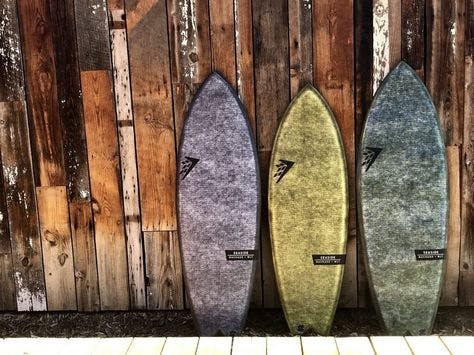
Photo courtesy of firewiresurfboards.com
Spooked Kooks: Soft on your torso and the environment
As a recent surfing initiate, I still prefer the comfort of a buoyant softboard over a hardboard. Sotfboards may be impossible to make without foam, but Spooked Kooks is an Australian company that makes softboards using nearly 100% recycled post-consumer plastic waste, from the underside of the board all the way to the fins! They humbly request that you send them your board at the end of the lifespan for recycling— and so that you can receive 10% off your next board from them.
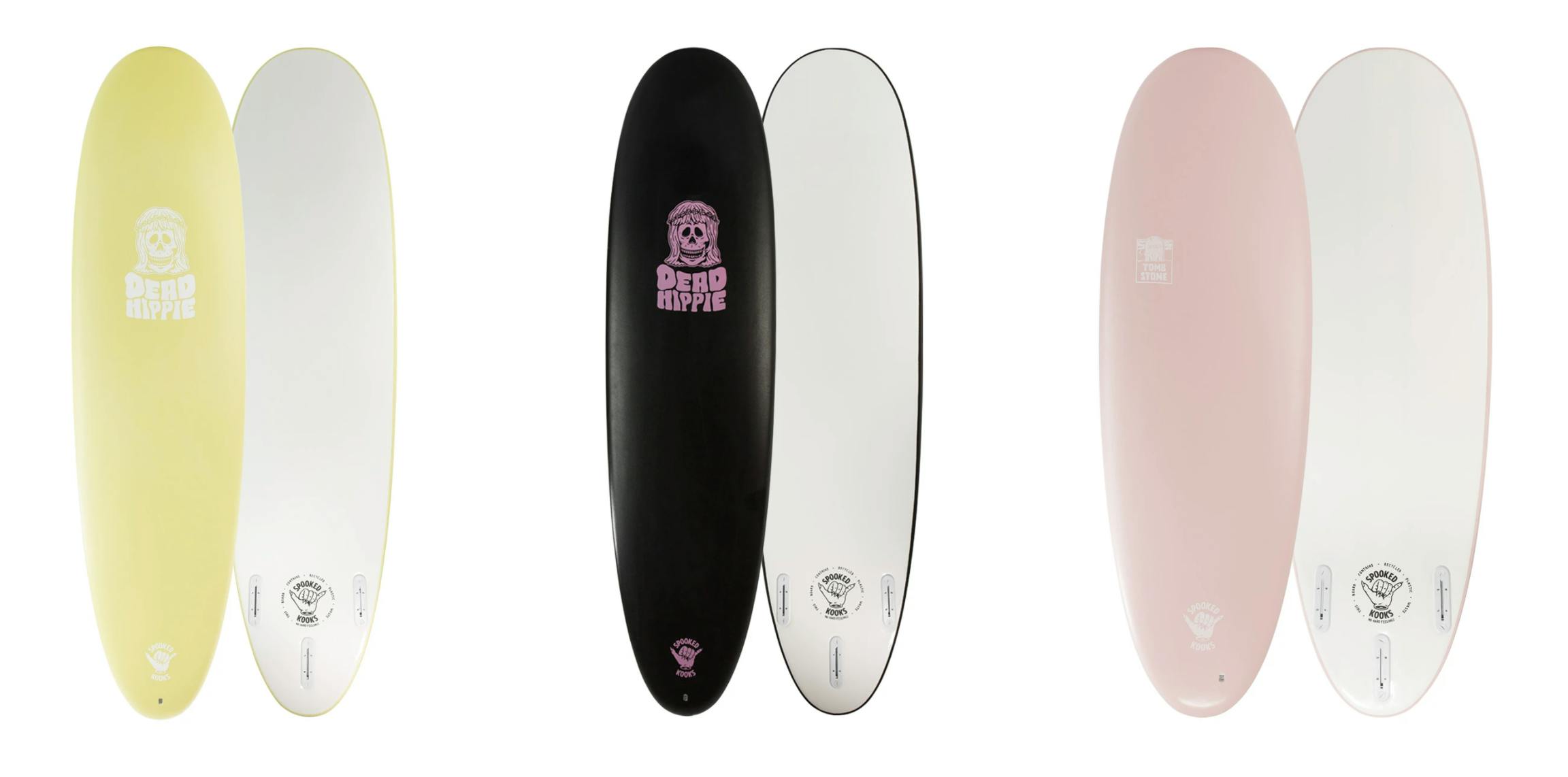
Photos courtesy of spookedkooks.com
Bio-epoxy instead of toxic resin? Sign me up
The environmentally-friendly board world expands with NOTOX boards, which generate far less waste than the typical surfboard and boast 75% recyclability. Materials are sourced locally to the NOTOX lab while the core of each board relies on recycled polystyrene and surfboard scraps. Foam cores are ECOBOARD approved by Sustainable Surf. The use of uniquely engineered, 100% natural and renewable flax fabric improves the dynamic and performance of their greenOne, sustainable boards. Standard resin is replaced with an innovative bio-epoxy made from over 51% plant and vegetable matter in NOTOX’s entire range of greenOne shortboards, longboards, and Korko boards. The cherry on top: NOTOX uses non-volatile solvents to ensure the safety of shapers and the atmosphere.
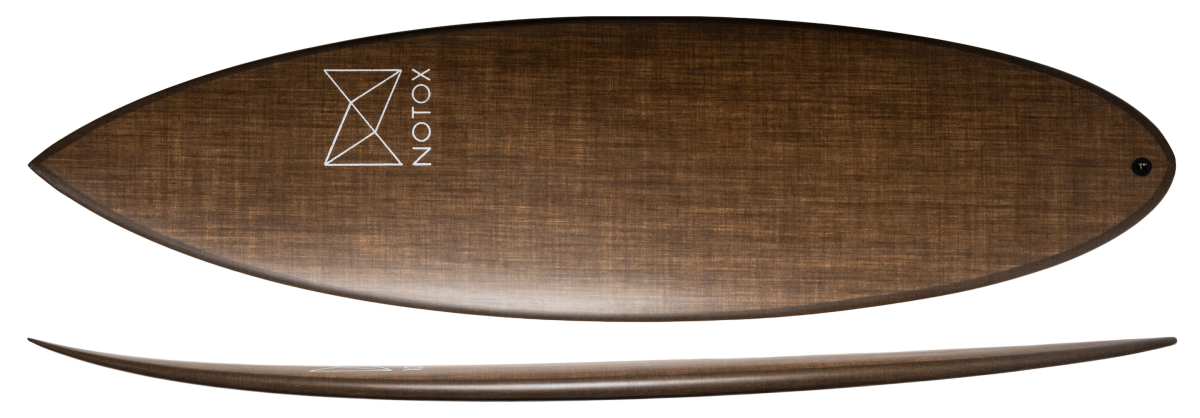
Photo courtesy of notoxsurfboards.com.au
Almond boards: I heard surfing is more fun when your board is recyclable
Almond’s R-Series offers another foam collection with little-to-no waste at the manufacturing level. They use no fiberglass or resin, meaning the extraction of foam for recycling is a straightforward practice. Almond’s boards feature aesthetically-pleasing patterns and sleek, black undersides. Board sizes range from 5’4 to 8’0 and the company playfully insists it’s “as much fun as you’re likely to have on a surfboard — starting at just $359.”
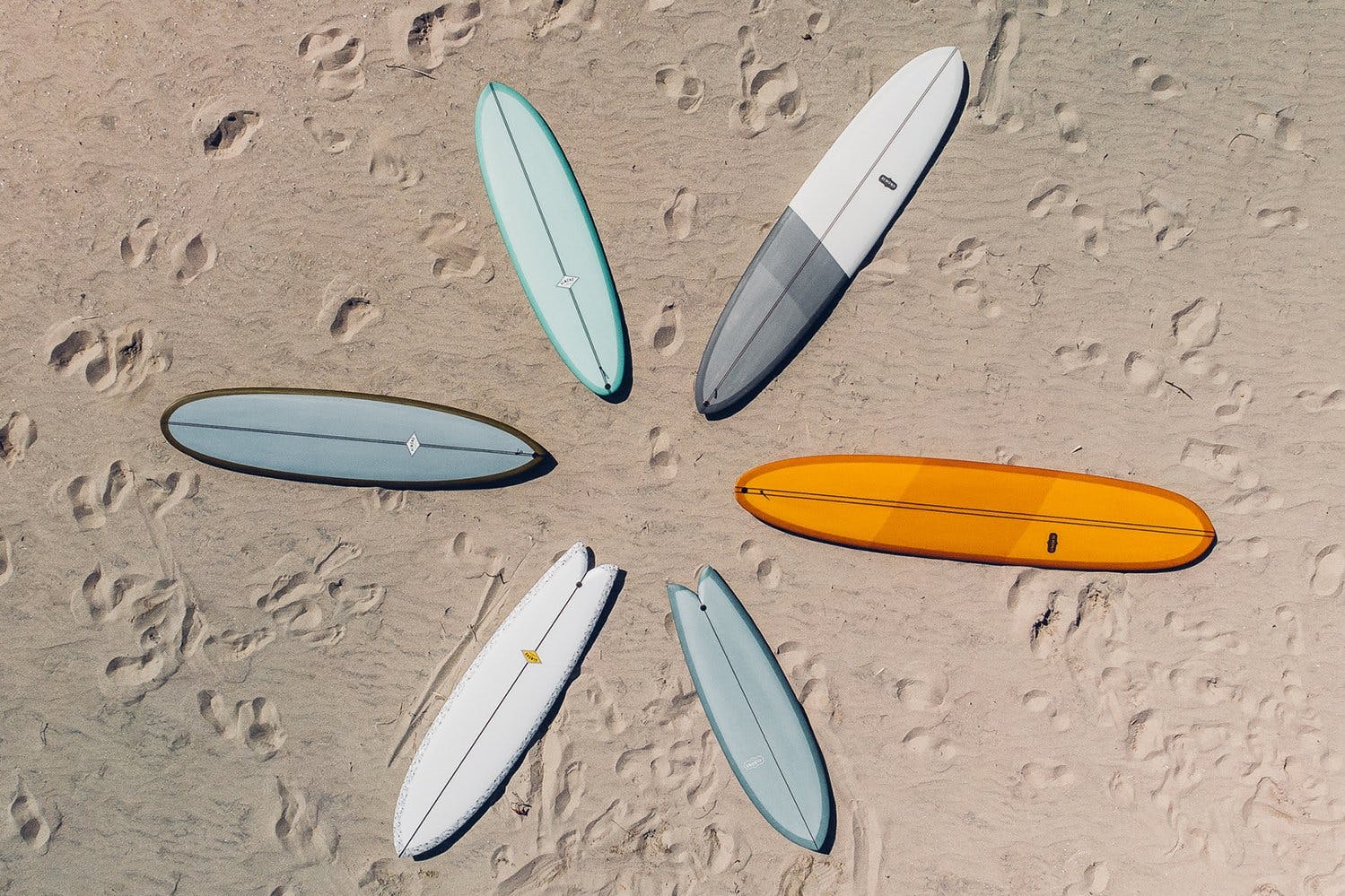
Photo courtesy of almondsurfboards.com
Hemp doesn’t have enough uses! Toss it in a surfboard!
If you find yourself enjoying hemp seeds in your yogurt and hemp lotion on your skin, you may be thrilled to add a hemp surfboard to your daily hemp lineup. Solid Surf created BIOflex boards with sturdy, organic hemp fibers, super flexible basalt technologies, and compression resistant cores. Their resins are plant-based and their cores are 100% recyclable, so your sunrise surf session won’t be followed by a guilt-filled afternoon.
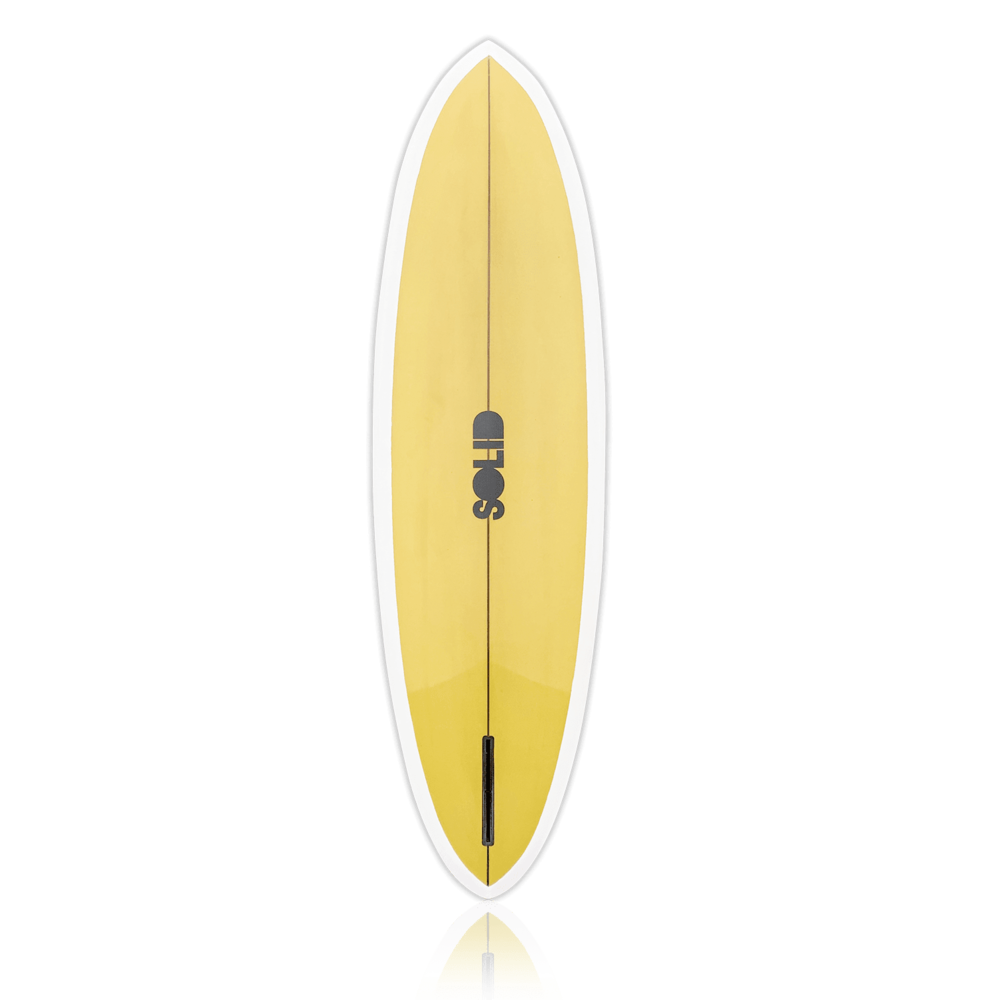
Photos courtesy of solidsurf.co
Psst… Patagonia made eco-friendly wetsuits
Now that you’ve explored a few of the optimism-inspiring surfboard brands revolutionizing an industry to chip away at mountains of foam waste, you may also feel compelled to check out an eco-friendly wetsuit or two. Patagonia just released their new line of neoprene-free, Yulex® wetsuits, made with 85% Yulex natural rubber. Conventional wetsuits are made from nonrenewable neoprene and Patagonia insisted that the ocean deserves better. They decided to replace convention with Yulex rubber, which is tapped from Hevea trees that can produce rubber for up to 30 years. Yulex suits reduce CO2 by 96% in the dyeing process and release approximately 80% less CO2 in the manufacturing process. The Yulex line is also the first line of Fair Trade Certified wetsuits in the industry— hopefully a harbinger of better business practices to come in the wetsuit world.

Photo courtesy of patagonia.com
Wave-riding experts and nose-diving novices alike agree that the ocean is a powerful, magical place that demands respect. Purchasing surfboards made with eco-friendly, recyclable materials is an essential step towards harmony with the ocean that surfers adore so deeply. Every sustainable surfboard purchased in replacement of a shabby, landfill-bound board is a nudge for producers to move towards sustainable boards complete with deliberate recycling plans.
More ocean-saving resources